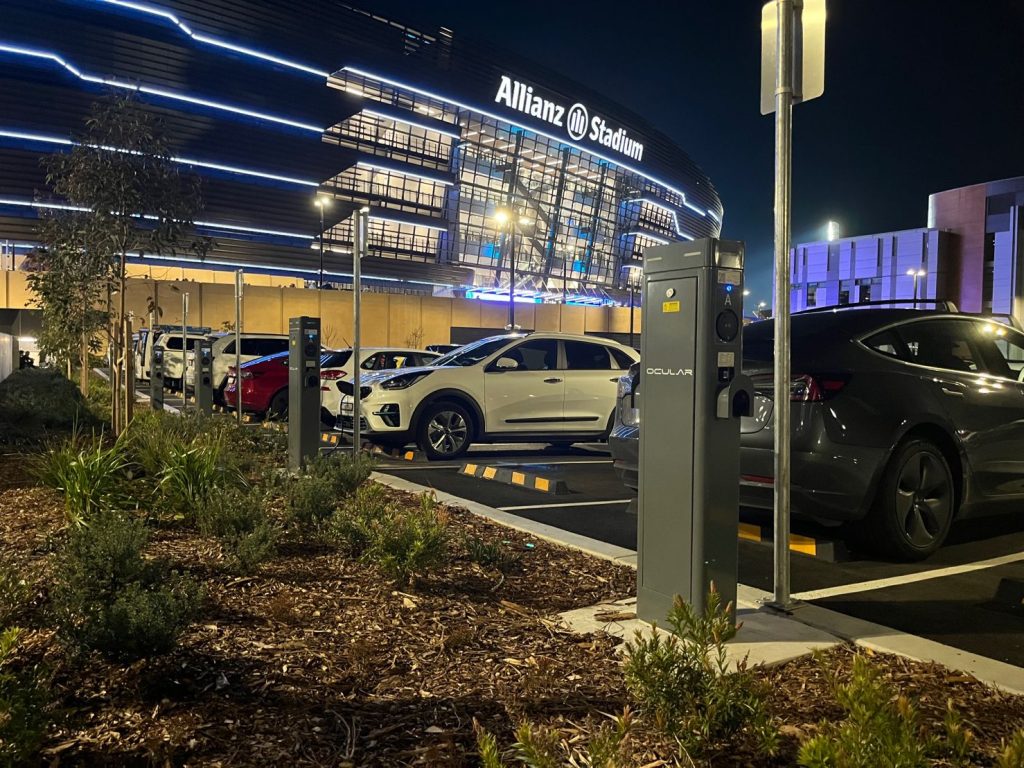The Exploren Circuit Load Control system is a dynamic load balancing process that allows for the maximum charging speed to be achieved while staying within the safe limits of the available supply.
The purpose of this article is to provide examples of how the graphical interface will display different operating states of the circuit and also explain how power management should behave in those different scenarios.

Active Charging:

When there are active charging sessions then the graphic bars will fill up depending on the current load and the active EVSEs will be in green colour. This bars represent the specific load consumed by the charger.

Load Balancing:
Once the current load start to reach the set max input limit, all chargers will be downrated so that none of those will reach the maximum threshold.
Re-balancing the power distribution and optimization happens as frequent as every sequential 5 minutes during the hour (example: 15:00, 15:05, 15:10, 15:15, 15:20, etc.). During those 5 minutes the power output drawn from the EV is being monitored and then compared with the last limit applied from the charging station. If the EV requires more power, then the new limit applied will be with a higher value, if not – then the limit will be lowered.

Prioritisation:
Individual users and/or chargers can be set to different priority levels. Once a charger or a user starts a charger with a higher priority, then power for all other chargers will be limited so that more power can be distributed to the ones with higher priority.
If that charger is not being used, then the power will be distributed equally trough all chargers in the Circuit, as so:

Once a user or charger with higher priority starts charging, then power will be focused to it.

Share this post



